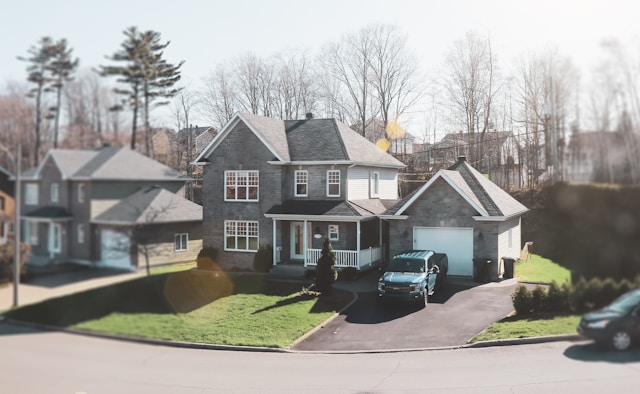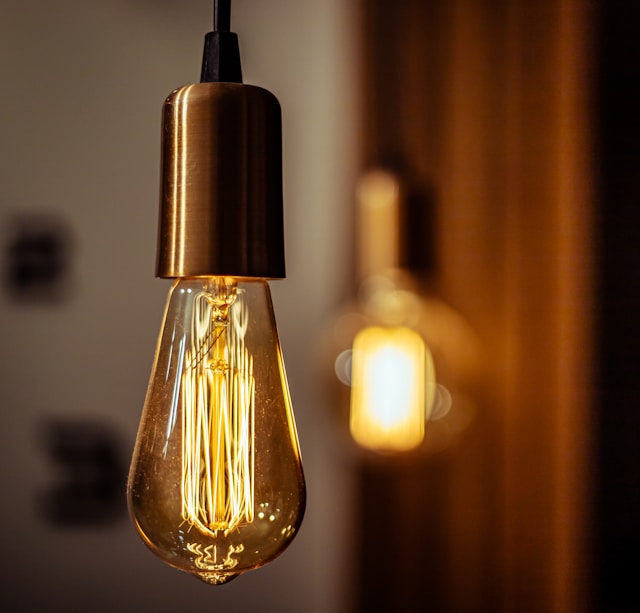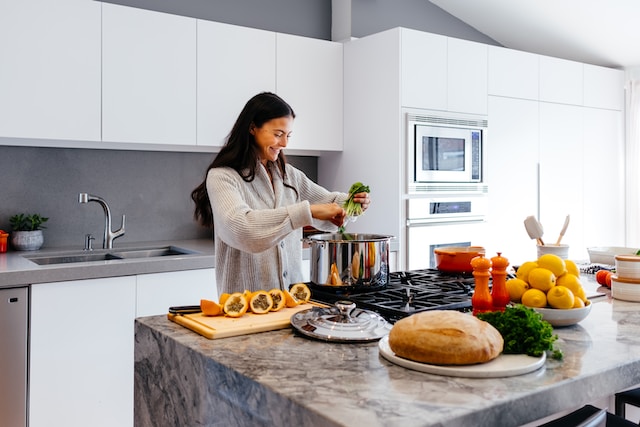Starting an herb garden is a great way to enhance your home’s curb appeal or provide a good first impression. Even if you aren’t planning to sell, herbs are useful for cooking or simply to bring a fresh, green scent to the home. The best part is you can start small, by creating a miniature herb garden on your windowsill.
The first step to making a windowsill herb garden is to choose a window. The ideal window will probably be one that faces south or southwest. Make sure that whichever window you choose gets at least six hours of sunshine per day and is away from drafts. Once you’ve picked a spot, choose your plants. These can be either existing herb plants or seeds, but take note that starting from seeds will take several months and require more attention, while plants are more expensive. Your container should be 6-12 inches deep.
Now to keep your plants healthy as they grow. For seeds, keep the soil moist, rotate the container and ensure seedlings get plenty of vitamin D from sunlight. For plants, water sparingly, as they don’t like to sit in wet soil. A good rule of thumb is to stick your finger in the soil and, if it’s dry an inch below the surface, it’s time to water. To encourage branching, snip off the tips of your plants once your herbs are usable.
Photo by Cassidy Phillips on Unsplash



















